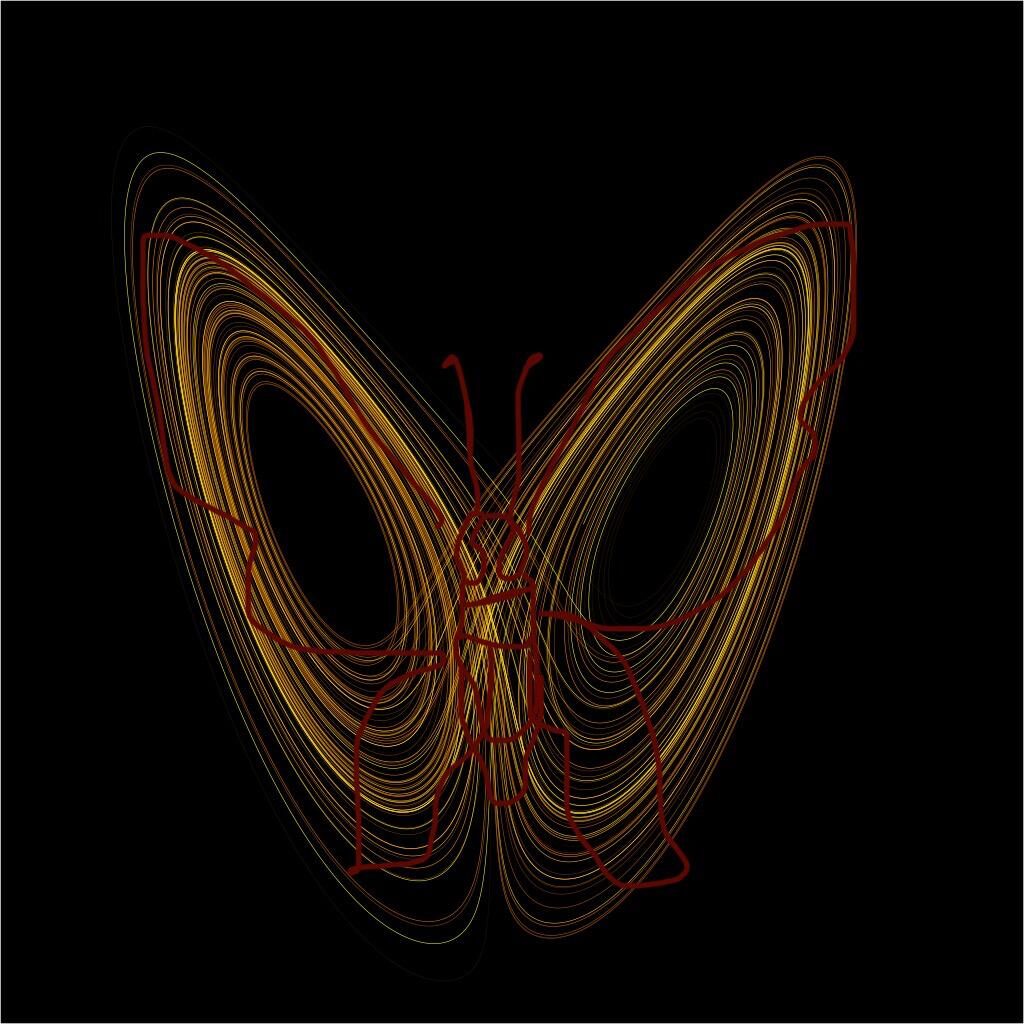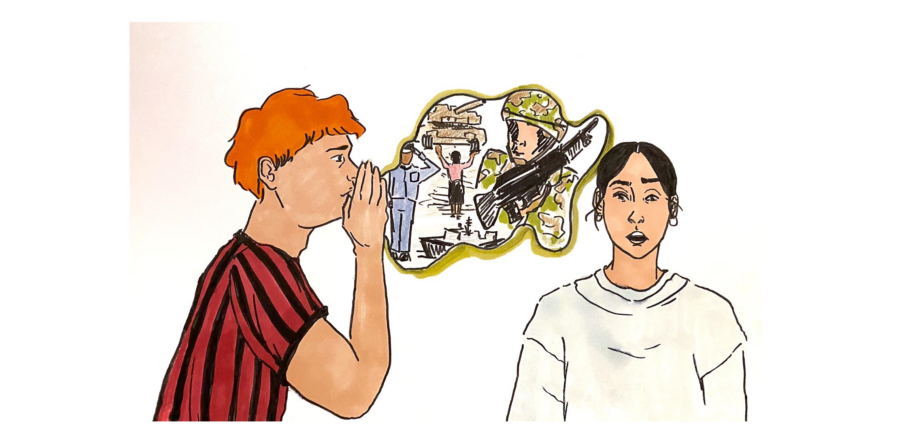By Zuzanna Mietlińska
There are two popularized ‘effects’ on one’s mind – one of which is yet to be precisely explained, and the second is often misinterpreted. Both somehow exist in pop culture, and are repeated over time. The Butterfly Effect, even, ‘lived to see’ a misleading movie entitled after the phenomenon – which flattened the very idea behind the notion. The following article explains both concepts – where they came from, and what do they really mean.
The Mandela Effect – on false memory of the masses
The first concept is exceptionally interesting, because of the effect it poses on, sometimes, millions of people. It refers to the psychological concept of false memory – false thought ‘injection’ which occurs within a great number of strangers at the same time. What is meant is that sometimes the people remember things that never happened, or images/ symbols that differ in reality. These memories can be either completely harmful and make you go ‘huh, interesting’, or directly affect someone’s life.
The name “Mandela Effect” derives from the most popular occurrence of its type, when thousands of Internet responders remembered how Nelson Mandela died in a prison in the 1990s. They were able to recall the funeral, press coverage, and great riots in RSA shortly after. Through storytelling and people’s certitude about the events, the information wormed its way into the mass consciousness. In fact, Nelson Mandela died disease-stricken with pneumonia in 2013, when he was not imprisoned. But there are plenty of other examples, prevailed in our minds.
One of Mandela Effects which is related to politics, concerns the Chinese Tiananmen Square protests in 1989. Tank Man (The Unknown Rebel), which famously stood in front of the tank column, after the protests suppressed by the Chinese military, was not overrun by the machine. In fact, he stopped the tank, climbed it, and had a short discussion with the other tank man. The logic behind this one can be traced accordingly: tank-violence-sudden death. With the emergence of the Mandela Effect, the terrible death of the protestor, one can question whether this was partially a cause of the fact that this man was listed on Time 100: The Most Important People Of The Century.
Another Effect is purely geographic – there are thousands of people who believe that the United States consists of, not 50, but 52 states – the extra two being Hawaii and Alaska.
Other examples are directly embedded in pop culture. Everyone obviously remembers the famous “Luke, I am your father” from Star Wars. What was really said in the movie was “No, I am your father”! Similar examples can be seen: “Play it again, Sam” was never mentioned in Casablanca or Forrest Gump’s “Life IS like a box of chocolate… You never know what you’re gonna get”, which was in fact in past tense – “life WAS”. This referred to Forrest’s dysfunction.
But why does the Mandela Effect even occur? How is it possible that masses share the same false recognition of facts? On one hand, you can believe in Hugh Everett the III’s explanation – there are millions of alternative worlds that pop up whenever a person makes a decision. So that, faced with a dilemma whether to buy white bread or a brownie, remember that there is a world in which you buy the first, the second, refrain, or get both. The other explanation is not complete – the scientists are not sure how it really works, but the phenomenon is partially related to the association process, in which we are trying to rationalize basic concepts, and are sometimes misled.
The Butterfly Effect – what is the impact of an insect on natural disasters?
The movie The Butterfly Effect starring Ashton Kutcher popularized the concept, but remains somehow misleading. The phenomenon does not refer to the fact that every small change in reality can change your life irrevocably. Of course, some decisions are more important than others, but in general, this is not what was meant by the American mathematician, Edward Lorenz, when he was trying to illustrate a complex issue with a poetic question: Does the flap of a butterfly’s wings in Brazil set off a tornado in Texas?
In the 1960s Lorenz was studying the weather, in order to better understand nature’s cause-and-effects, and whether they can be predictable by a human being. Can we predict the weather if we came across very similar conditions, such as regular seasons throughout the years? He concluded his research with the statement, that there are complex, dynamic systems in which initial variances can cause massive divergences in the outcomes. So, no, no butterfly’s flap causing a natural disaster. This branched the mathematics with chaos theory. What is also important to mention, is Lorenz’s strange attractor, of which the curves look like the insect’s wings. One can imagine that it also contributed to the name of the concept.

With this short article, I’m hoping for a bigger change – that some may understand these concepts better, and that would somehow correspond to the Butterfly Effect. And maybe I’m wishing for a lack of Mandela Effect in the understanding of the Mandela Effect itself – for all of us to remember only what’s truly factual.
Sources
Image: Lorenz system r28 s10 b2-6666.png by User:Wikimol and Image:Lorenz attractor.svg by User:Dschwen
CC BY-SA 3.0
https://creativecommons.org/licenses/by-sa/3.0/
Edited by Joanna Sowińska
Artwork by Mira Kurtovic

